| Size | |
|---|---|
| Common Name | |
| Type | |
| Family | |
| Native? | US Native Plants |
| Zone | 4, 5, 6, 7, 8 |
| Height Range (ft.) | 2.00 to 3.00 |
| Spread (ft.) | 1.00 to 1.50 |
| Bloom Time | |
| Bloom Description | Brownish Purple Center Disks, Yellow |
| Sun | |
| Water | |
| Maintenance | |
| Suggested Use | Border, Cottage gardens, naturalized areas, Pollinator Garden, wildflower meadows |
| Tolerate | |
| Flower | |
| Attracts | |
| Growth Rate |
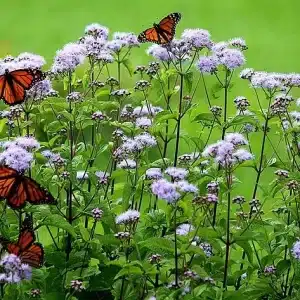
Rudbeckia triloba – Brown-Eyed Susan is a native perennial with masses of yellow blooms and dark centers. Perfect for pollinator gardens, meadows, or borders, it’s low-maintenance, drought-tolerant, and attracts bees, butterflies, and birds.
$12.99 – $149.99
Please note: Sizes 1.5 Gallon and up can’t be shipped outside the counties of Nassau, Suffolk, Brooklyn, and Queens.
Learn more about how the process works and how our plants are delivered.
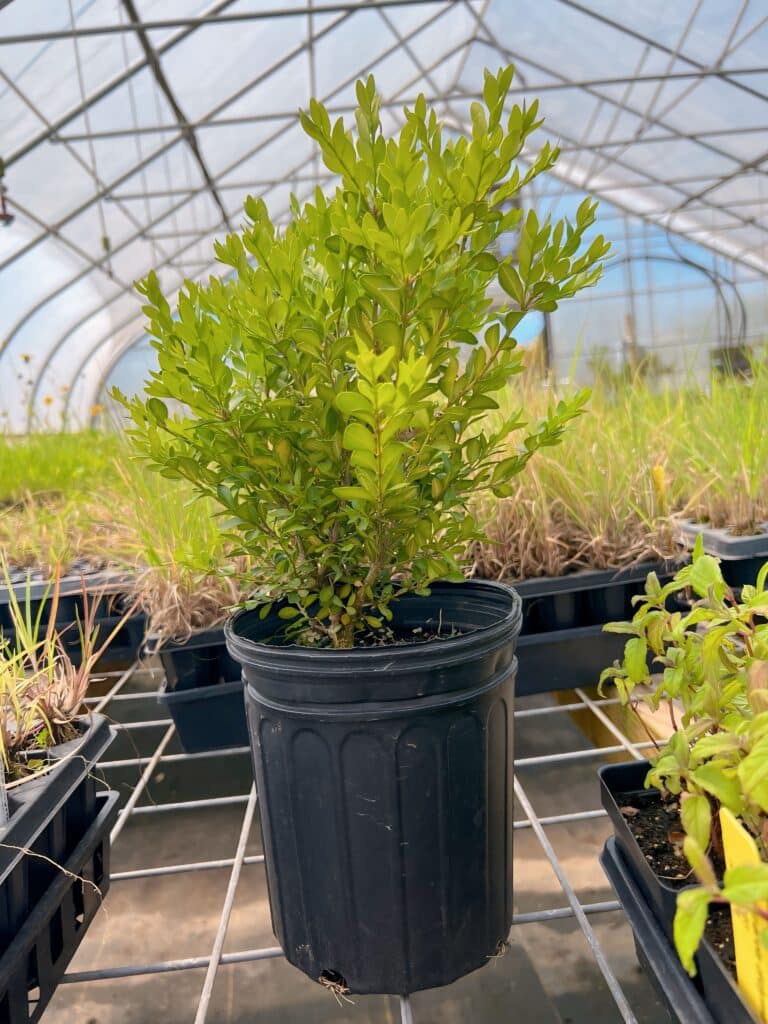
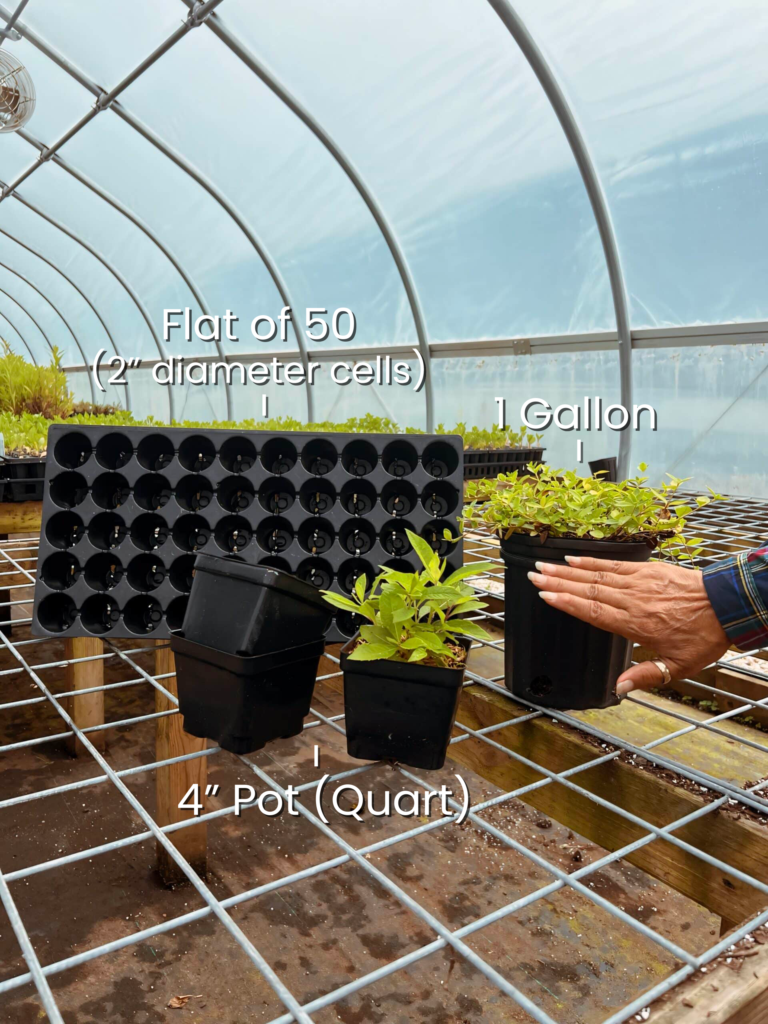
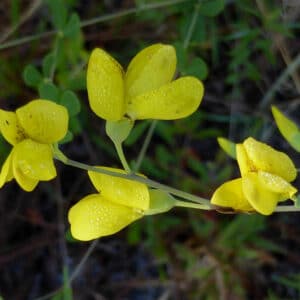
| Size | |
|---|---|
| Common Name | |
| Type | |
| Family | |
| Native? | US Native Plants |
| Zone | 4, 5, 6, 7, 8 |
| Height Range (ft.) | 2.00 to 3.00 |
| Spread (ft.) | 1.00 to 1.50 |
| Bloom Time | |
| Bloom Description | Brownish Purple Center Disks, Yellow |
| Sun | |
| Water | |
| Maintenance | |
| Suggested Use | Border, Cottage gardens, naturalized areas, Pollinator Garden, wildflower meadows |
| Tolerate | |
| Flower | |
| Attracts | |
| Growth Rate |
Add a burst of cheerful color and effortless charm to your garden with Rudbeckia triloba, commonly known as Brown-Eyed Susan. This native perennial is celebrated for its profusion of small, daisy-like golden-yellow flowers with dark brown centers that bloom from late summer into fall. Its branching stems and airy, multi-flowered habit make it a standout in borders, pollinator gardens, or naturalized areas. Thriving in full sun and well-drained soils, Brown-Eyed Susan attracts bees, butterflies, and birds while requiring minimal maintenance. Its robust and adaptable nature makes it a favorite for creating vibrant, wildlife-friendly landscapes.
Brown-Eyed Susan is perfect for adding height, texture, and vibrant color to sunny borders, cottage gardens, or meadow plantings. Pair it with other pollinator-friendly plants like Purple Coneflower, Butterfly Milkweed, or ornamental grasses for a dynamic, biodiverse display. Its profuse blooms and branching form make it an excellent choice for filling gaps in perennial beds or for creating naturalized plantings that support pollinators and birds.
Rudbeckia triloba plays a critical role in supporting pollinators by providing nectar and pollen during late summer and early fall. Its seed heads are a valuable food source for birds, while its hardy, deep-rooted growth improves soil health and prevents erosion, making it a sustainable and eco-friendly choice for gardens.
Enhance your outdoor space with the vibrant beauty and ecological value of Rudbeckia triloba – Brown-Eyed Susan. This resilient perennial adds color, wildlife activity, and natural charm to any landscape.
/5
Total reviews
|
|
Persons recommended this product
Anonymous
Shopper
check_circle Verified
Shop owner replied
Was this helpful
Anonymous
Shopper
check_circle Verified
Shop owner replied
Was this helpful
Your feedback helps us improve our service.
There are no reviews yet.
Be the first to review “ ”
Please log in to submit a review.
Only logged in customers who have purchased this product may leave a review
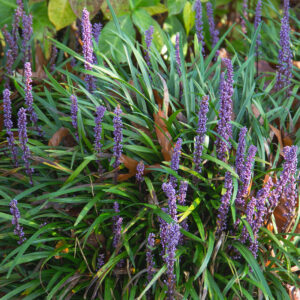
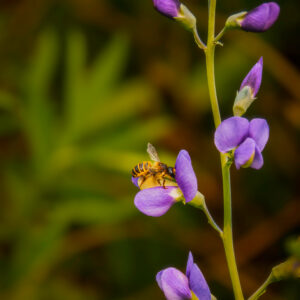
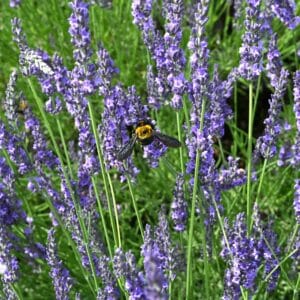
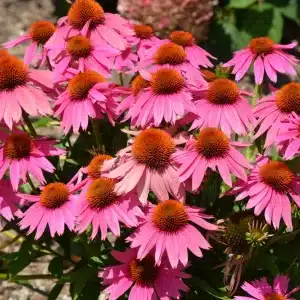
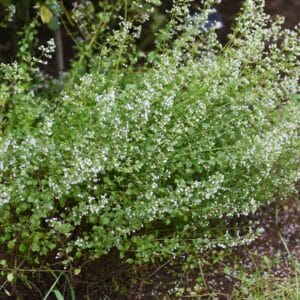

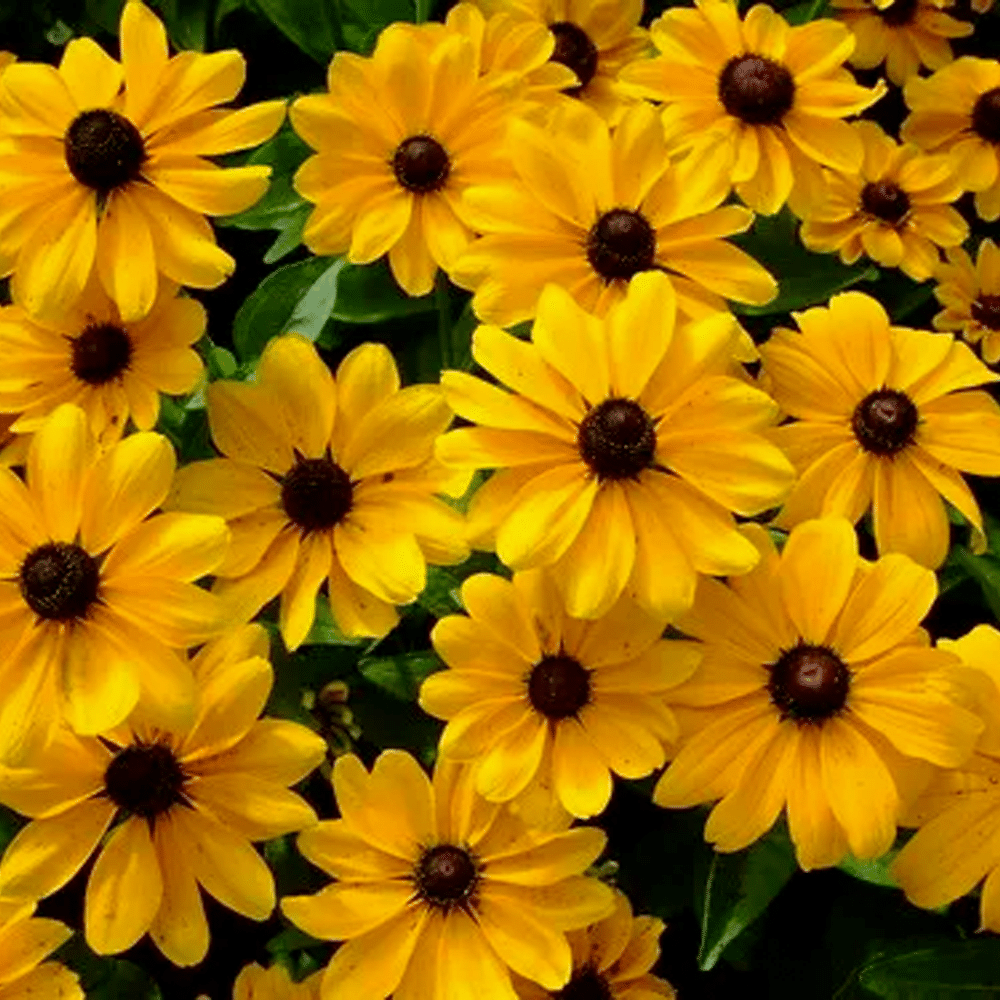
American Beach Grass thrives in full sun and is highly tolerant of poor, sandy, dry, and salty soils. It’s ideally suited for coastal environments, thriving in dunes, beachfronts, and other exposed, wind-swept sites where few other plants will grow.
This grass typically grows 2–3 feet tall, with narrow, upright green blades. Its aggressive underground rhizomes help it spread quickly, making it excellent for erosion control and stabilizing sandy soils in coastal landscapes.
While it’s native to coastal areas, it can be grown inland if provided with full sun and well-drained, sandy soil. However, it’s not ideal for fertile, moist garden beds, as it prefers dry, nutrient-poor conditions and may decline in overly rich or wet soils.
Yes! While not a major pollinator plant, American Beach Grass provides habitat and nesting cover for birds and insects. Its dense, fibrous root system also contributes to coastal ecosystem stability, protecting native dune species and supporting biodiversity.
For best results, plant bare root or plug divisions in spring or early fall, spaced about 12–18 inches apart. Once established, it needs little to no maintenance, and fertilizing is not recommended, as it thrives in lean soils. Avoid frequent watering to encourage deep root growth.
Our gift cards make it easy to share the beauty of plants, flowers, and all things green. Whether for a special occasion or just because, give the gift of choice and let them select their favorites to create a garden they’ll cherish.
BUYING HIGH QUALITY PLANTS HAS NEVER BEEN EASIER
Our plants are easy to order, plant, and enjoy! Bringing pollinators to your property improves vegetable yields – Feed the bees!
Sign up for our email list!
Copyright © 2025 Bumbee’s | Web design and SEO by Searles Graphics